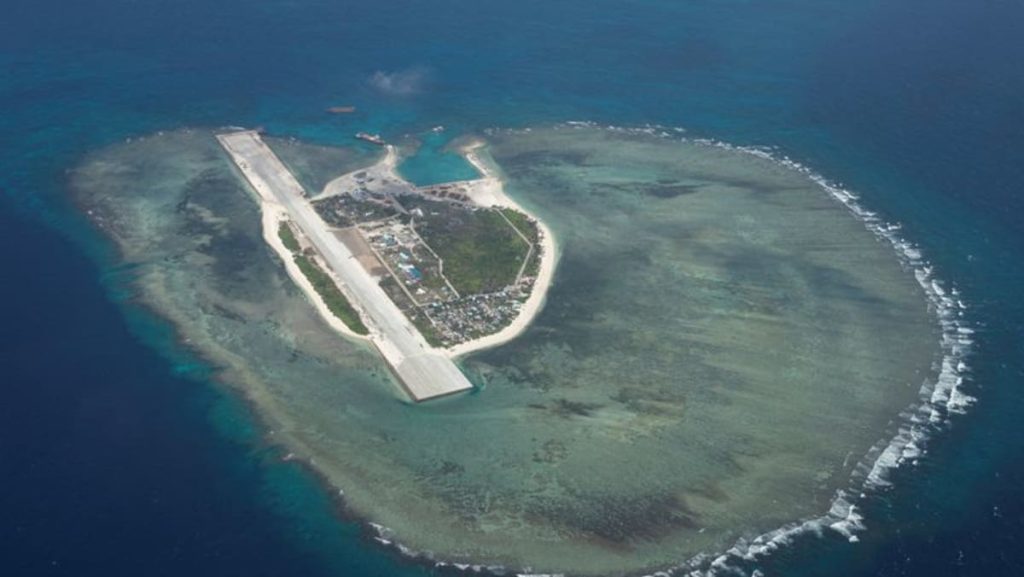The Philippines submitted a claim to an extended continental shelf (ECS) in the South China Sea to the United Nations on Saturday. The area has been a source of increasing tensions with China, which claims nearly all of the South China Sea, overlapping with claims made by the Philippines, Brunei, Malaysia, Taiwan, and Vietnam. The South China Sea is a crucial waterway for global trade, with an estimated $3 trillion worth of trade passing through each year. In addition to its strategic importance, the South China Sea is believed to be rich in natural resources such as oil, natural gas, and fish stocks.
Marshall Louis Alferez, the foreign ministry assistant secretary for maritime and ocean affairs, stated that the Philippines’ filing was intended to secure its exclusive rights to explore and exploit the natural resources within its ECS entitlement. This move represents a step towards strengthening the Philippines’ claim in the disputed waters and protecting its interests in the region. The Permanent Court of Arbitration ruled in 2016 that China’s expansive claims in the South China Sea have no legal basis, a decision that Beijing has rejected. The Philippines’ decision to file a claim with the UN may be seen as a response to China’s assertiveness in the region.
China’s embassy in Manila did not provide an immediate response to the Philippines’ UN filing. The lack of a public statement from China on this issue leaves room for speculation on how Beijing may respond to the Philippines’ move. China has frequently taken a strong and assertive stance on territorial disputes in the South China Sea, including the construction of artificial islands in the area. The Philippines’ decision to pursue its claim through international channels such as the UN highlights the complexity and sensitivity of the disputes in the South China Sea and the role of global institutions in resolving territorial conflicts.
The Philippines’ filing with the UN represents a continuation of its efforts to assert its sovereignty and rights in the South China Sea. The move to secure its ECS entitlement demonstrates the country’s commitment to protecting its interests in the region and ensuring access to valuable natural resources. The filing also reflects the Philippines’ strategy of seeking international support and legal backing for its claims in the face of China’s assertive actions in the disputed waters. The Philippines’ action may be seen as part of a broader trend of countries in the region pursuing legal avenues to address territorial disputes and assert their rights in the South China Sea.
The filing of the claim with the UN underscores the importance of international law and institutions in addressing disputes in the South China Sea. By seeking validation for its claims through legal channels, the Philippines is signaling its commitment to upholding the rule of law and seeking a peaceful resolution to conflicts in the region. The Philippines’ move may also encourage other claimant states in the South China Sea to pursue similar legal avenues to resolve territorial disputes and establish a framework for cooperation and conflict resolution in the region. The Philippines’ filing with the UN highlights the potential for international mechanisms to play a role in managing tensions and disputes in the South China Sea.
In conclusion, the Philippines’ filing of a claim with the UN for an extended continental shelf in the South China Sea reflects its efforts to secure its sovereignty and rights in the region. The move is a response to China’s assertiveness in the disputed waters and seeks to strengthen the Philippines’ position in the face of competing claims by other countries. By pursuing its claim through international channels, the Philippines is signaling its commitment to upholding the rule of law and seeking a peaceful resolution to conflicts in the South China Sea. The filing with the UN underscores the role of international law and institutions in addressing territorial disputes and promoting cooperation and stability in the region.


